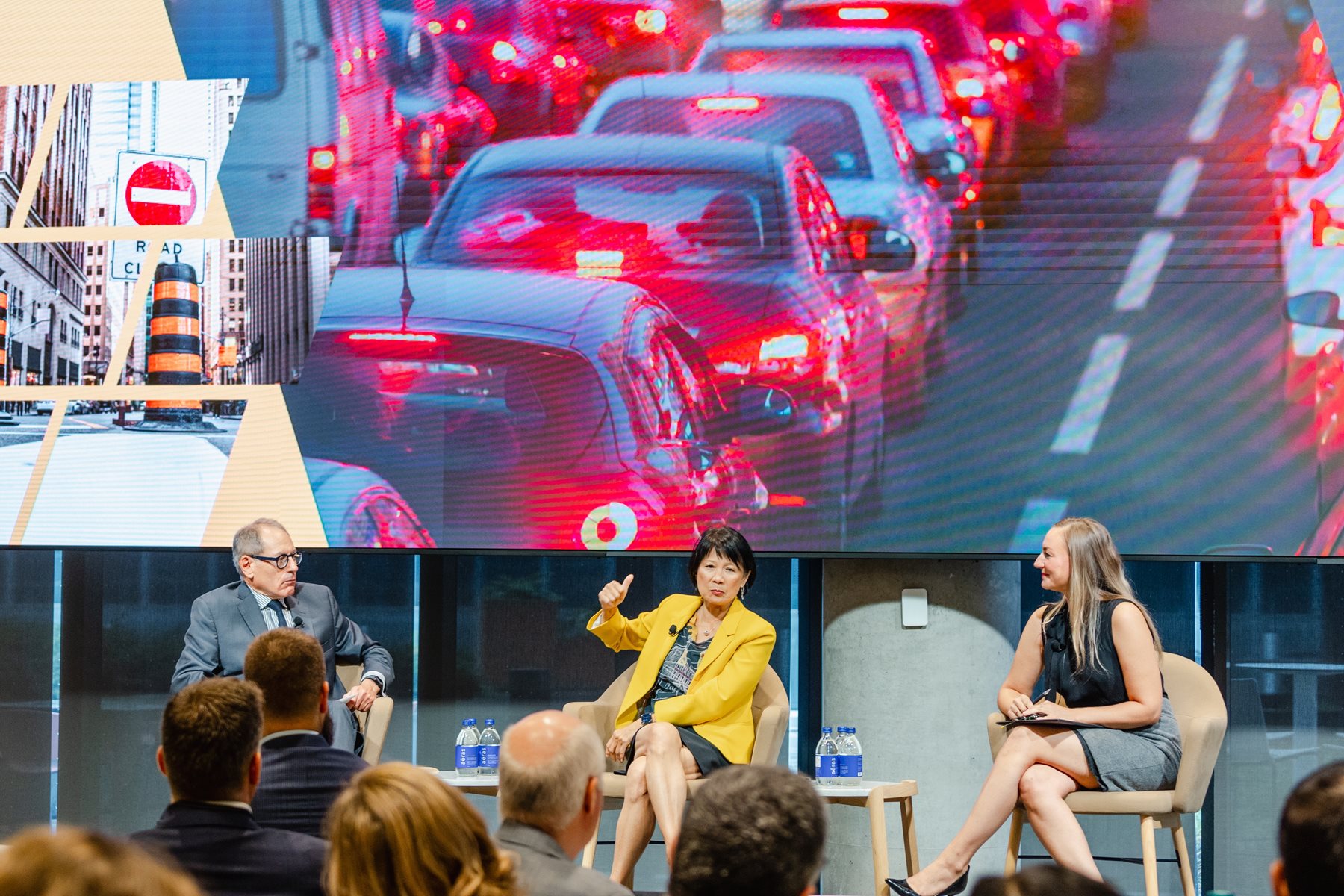
Leaders from across the Toronto region gathered last week at our Congestion Symposium to address one of the region’s most pressing issues: the mounting gridlock that costs the economy $11 billion annually and erodes the region’s livability. While the speakers varied in their perspectives, a single message resonated: Toronto’s gridlock is at a breaking point, and only bold, coordinated action will solve it.
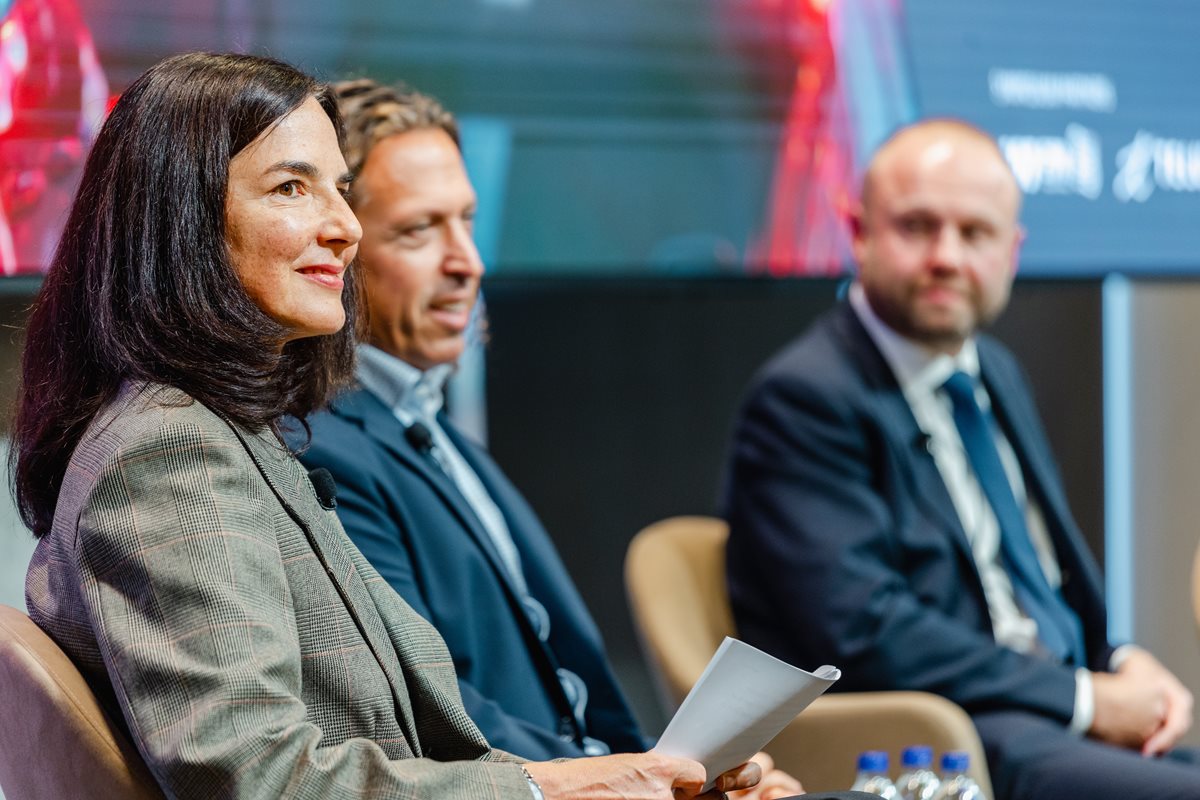
The scope of the crisis is clear—the Toronto region is choking under the weight of uncoordinated construction, insufficient infrastructure, and increasing demand on transit and roads. According to Anthony Parente, General Manager of Water and Waste at the Region of Peel, one of the central challenges is the disjointed nature of infrastructure work: "Municipal rights of way are under siege. The lack of coordination between construction, utilities, and transit projects is turning our roads into a patchwork of disruption."This theme of better coordination emerged as a critical solution, with many speakers underscoring the need for improved planning between all levels of government and private contractors.
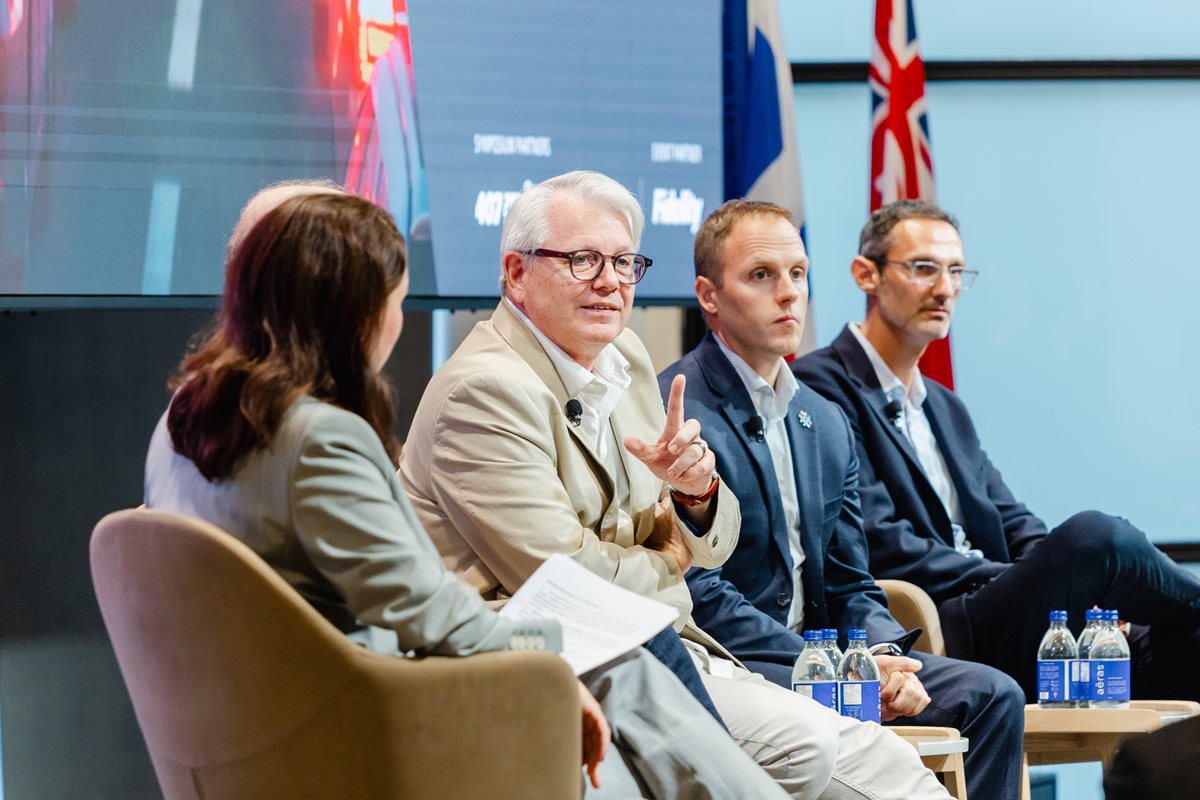
Former Toronto politician Adam Vaughan, now a Principal at Navigator, took a broader view, emphasizing congestion is a symptom of a deeper issue: Toronto’s outdated approach to urban design. He argued, "Congestion is an expression of success, but gridlock is a failure of planning. We need to rethink how our city grows, not just for today but for the next generation. We can't keep building a city for cars if we want people to move." Vaughan called for an integrated multi-modal approach, where transit, cycling, and walkability are prioritized in urban planning.
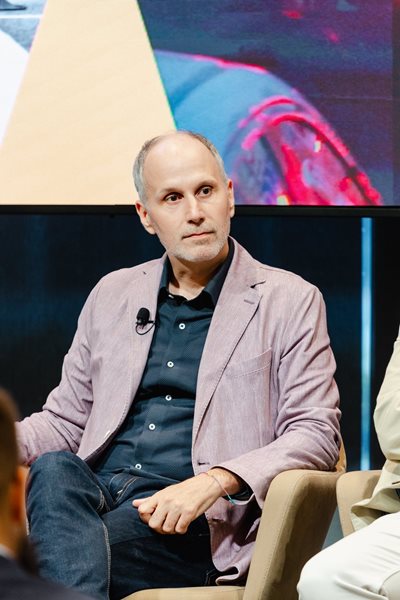
The future of transportation infrastructure also took center stage, with discussions on how to make public transit more efficient and reliable. Josh Colle, Chief Strategy and Customer Officer at the TTC, highlighted the critical role of bus networks, often overlooked in transit planning. "Most people who take transit in this city are on surface routes, primarily buses. If we want to make meaningful improvements quickly, we need to get serious about dedicated bus lanes," Colle urged, adding, "It’s not like we’ve run out of red paint. Let’s start painting those lanes now."
Ultimately, the symposium made one thing clear: there is no single solution. The crisis demands a multi-pronged strategy, including 24/7 construction, dynamic pricing for lane closures, and better enforcement of traffic laws. It’s a massive undertaking, but as Parente noted, "If we want to fix this, we need to stop working in silos and start acting as one city." During a fireside chat, Toronto Mayor, Olivia Chow and Ontario’s Infrastructure Minister, Kinga Surma committed to work together and the business community to find solutions.
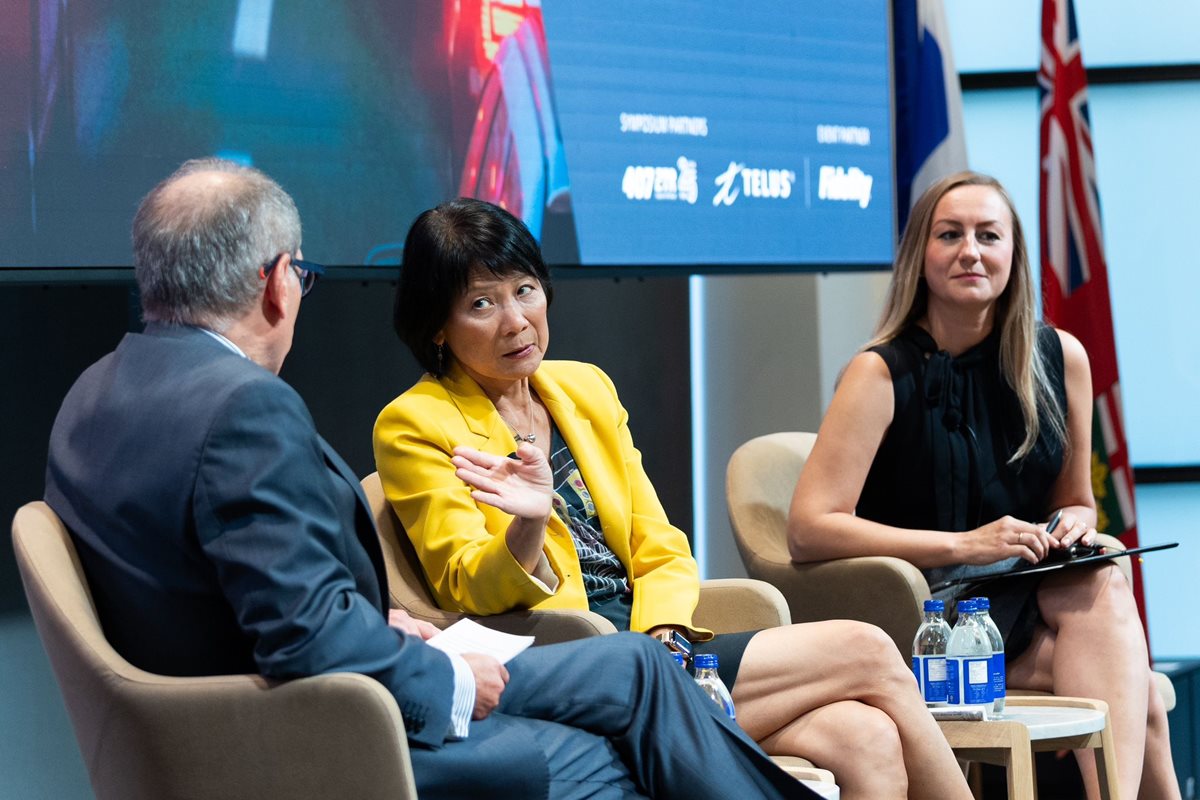
The day ended not with final answers but with a shared commitment to act. Our Congestion Taskforce will present a comprehensive plan next year, but the work to relieve Toronto’s gridlock must start now. If you’re not subscribed to our newsletters yet, make sure you sign up today to stay in the loop.
Thank you to our sponsors for making our Congestion Symposium a huge success:


